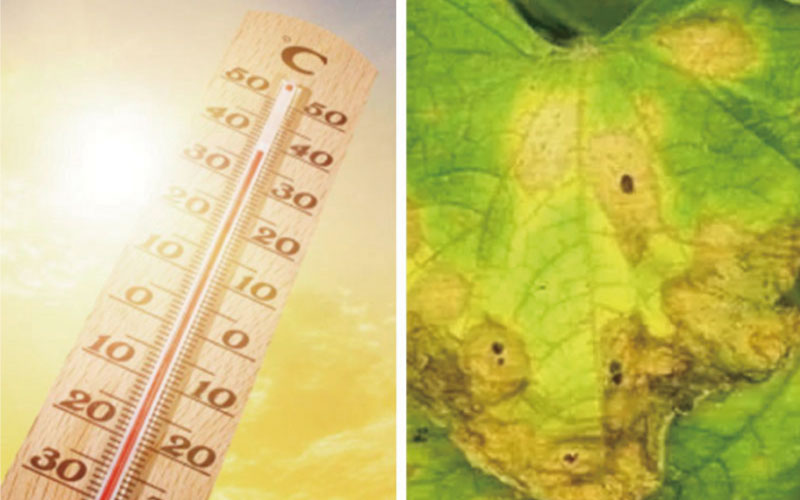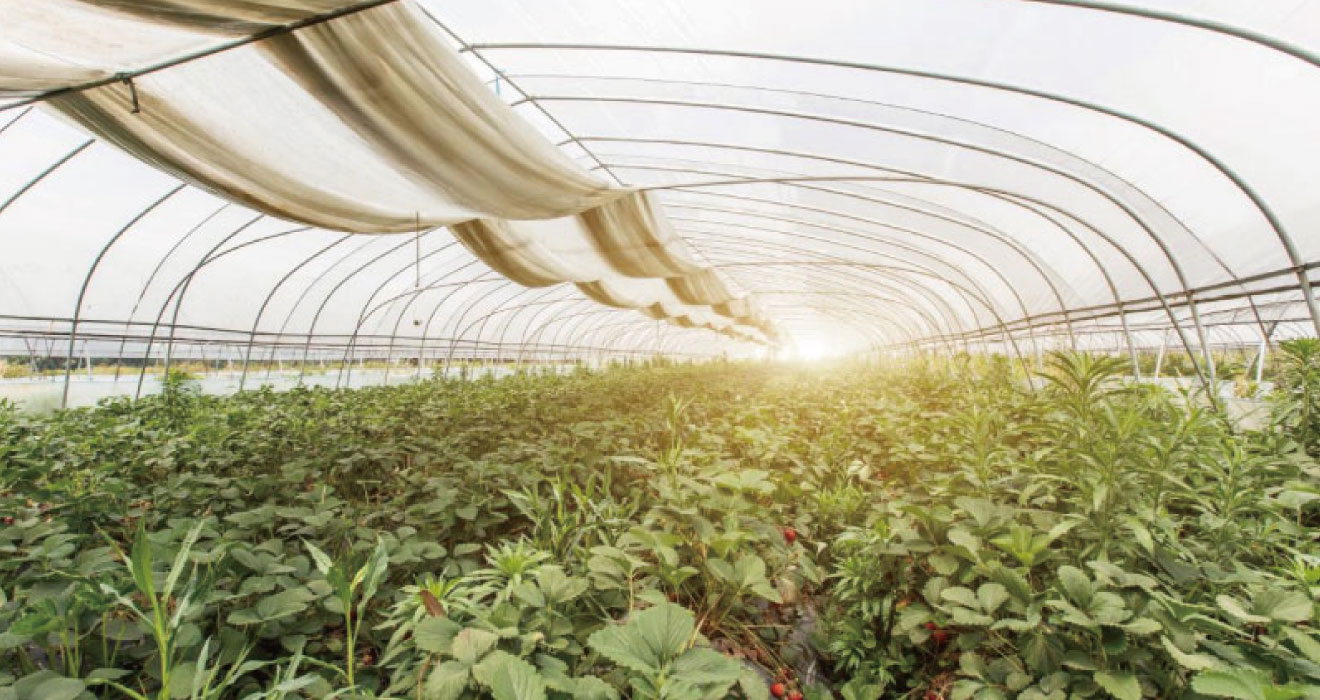



The environmental temperature can directly affect the growth of plants through some metabolic processes such as photosynthesis, respiration and transpiration. In a high-temperature environment, plants will meet and experience various problems such as leaf curling, yellowing, fruit deformity, and the growth of pathogens.
The leaves are the main organs for the process of photosynthesis. When the ambient temperature rises, the stomata of the leaves will gradually close to reduce water consumption. In this process, carbon dioxide cannot enter the leaves so that the plants lack the raw materials for photosynthesis, thus leading to the growing problems. Changes in temperature will also affect the activity of respiratory enzymes. When the temperature rises, the activity of respiratory enzymes and the respiratory intensity will increase, and plants will consume more substances to maintain their own growth. Under high temperature conditions, due to the weakening of photosynthesis and the strengthening of respiration, these two important processes are out of balance, so the plants will die because they cannot obtain material and energy supply.
In addition, the process of transpiration of the plants plays an important role in absorbing water and reducing leaf temperature. When the temperature rises, the stomata of the leaves will gradually become smaller, and the absorption and transportation of water and mineral ions by plants will decrease. At the same time, the temperature of the soil will also increase indirectly to accelerate root aging, affect root vitality, and reduce the absorption rate.
In order to avoid the impact of the high temperature environment on crops in summer, some experienced greenhouse growers will not only install spray devices, but also replace the traditional high pressure sodium lights in the greenhouse with LED grow lights, which have less heat radiation. Taking Sansi LED grow light as an example, which can prevent plants from being irradiated at close range. With customized light formula and multiple installation methods, the light made of ceramic heat dissipation technology can be widely used in different planting fields.


